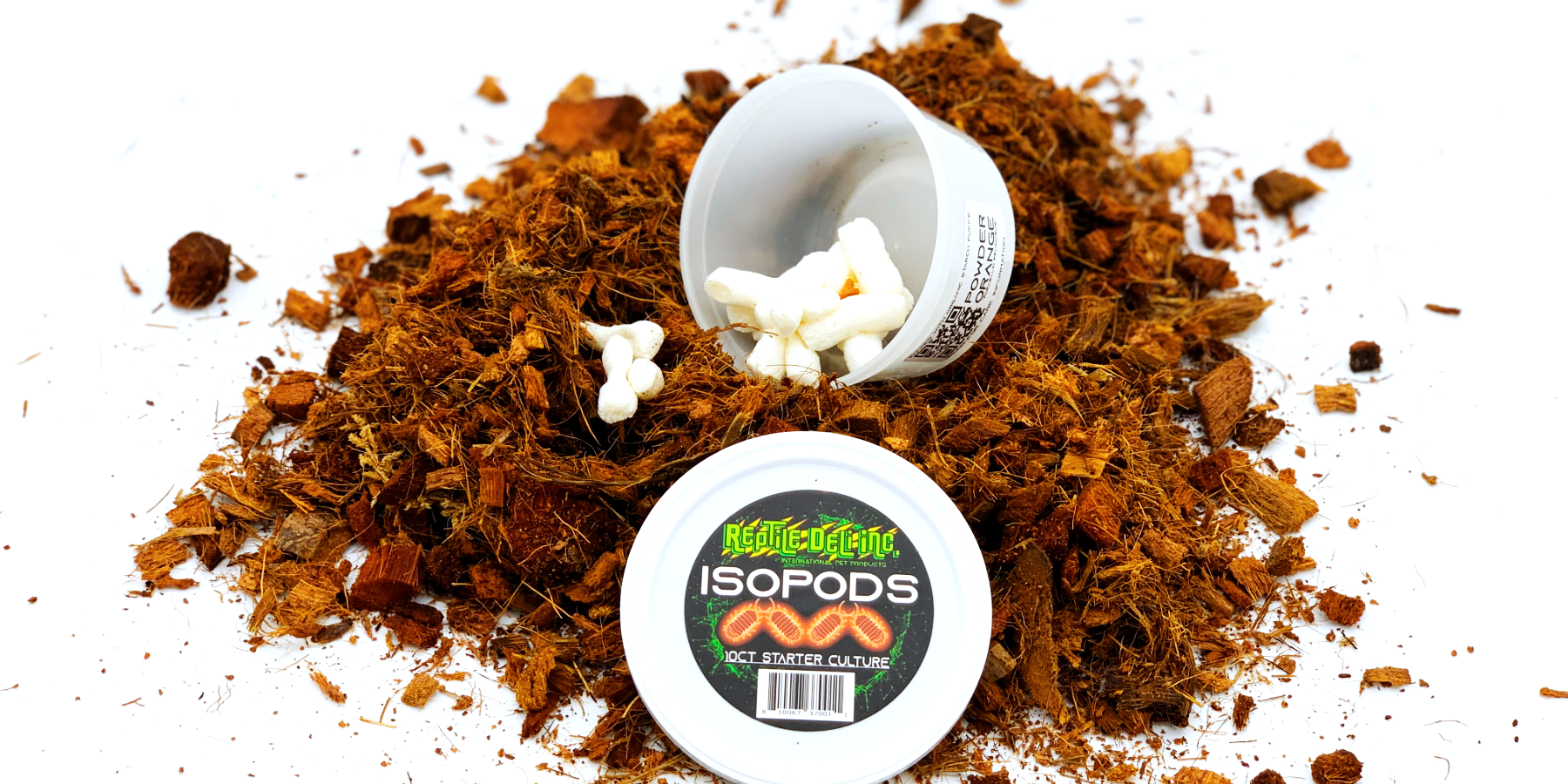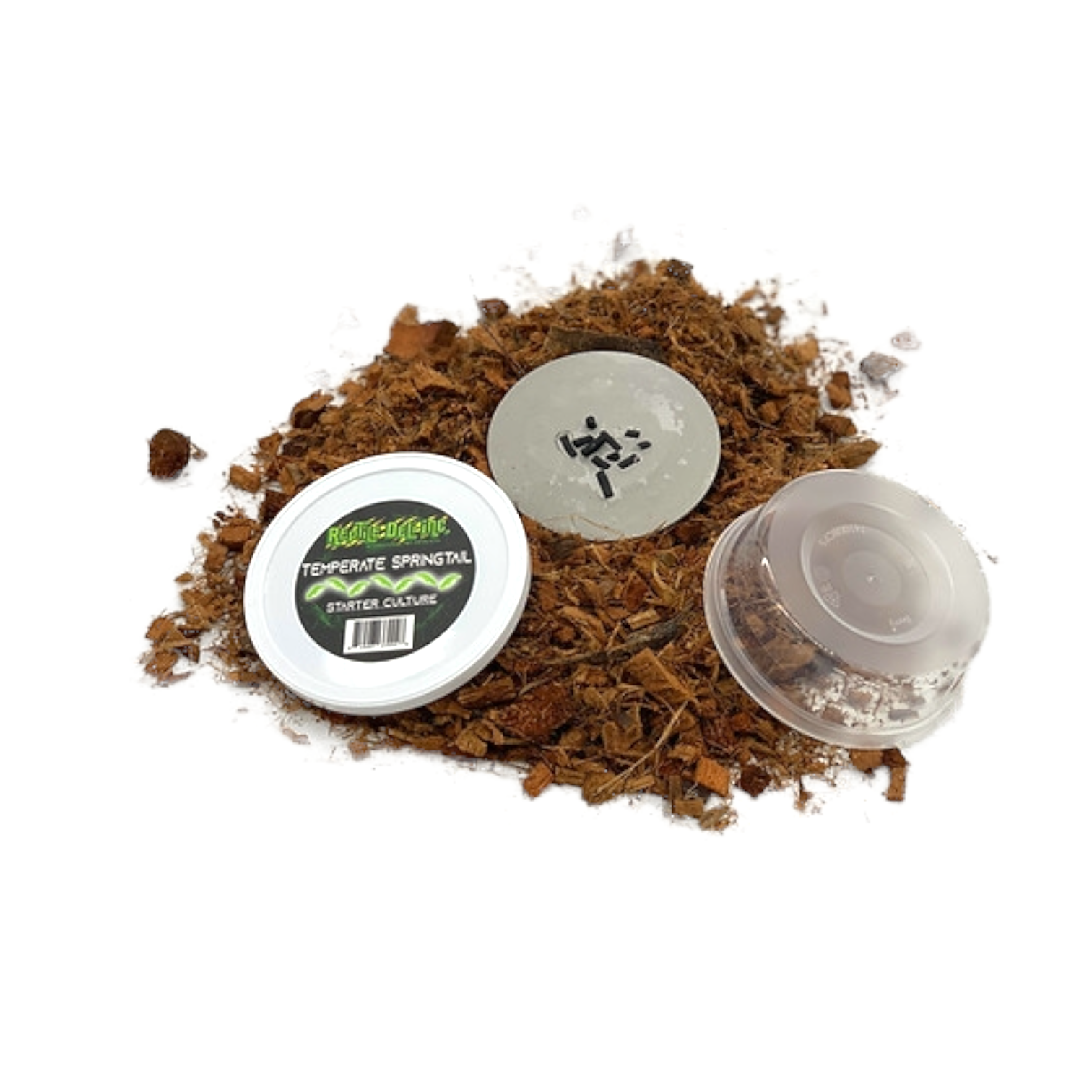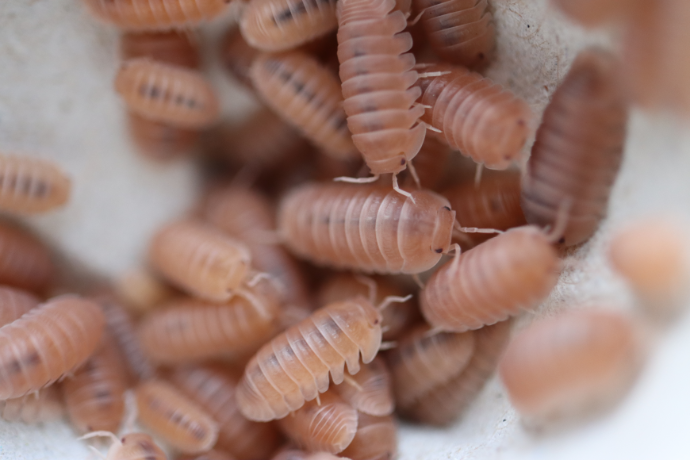How to Care for Fruit Fly Cultures
For owners of smaller reptiles, amphibians, and invertebrates, Reptile Deli fruit fly cultures are a fantastic, hassle-free food source. They are an ideal pinhead cricket alternative, perfect for hatchling geckos, dart frogs, chameleon hatchlings, and mantises. This detailed guide covers the care and culturing of both Drosophila hydei and Drosophila melanogaster, the two most popular species.
Why Choose Fruit Fly Cultures?
Fruit flies are a staple in the reptile hobby for several reasons:
- Nutritious: They are a good source of protein and provide essential nutrients for your pets.
- Flightless: The flies in these cultures are genetically flightless, meaning they can't fly away and infest your house. This makes them easy to contain and feed.
- Continuous Production: A single fruit fly culture can produce thousands of flies over a few weeks, providing a long-lasting supply of feeders.
- Easy to Use: Just shake the desired number of flies into your pet's enclosure.
- Clean and Odorless: Unlike some other feeders, a well-maintained culture has a minimal odor
Understanding the Species: D. melanogaster vs. D. hydei
Reptile Deli offers two species of flightless fruit flies, each with distinct characteristics.
Species-
Drosophila melanogaster
Size- Small (2-3 mm)
Life Cycle- Fast (10-14 days)
Ideal For- Baby reptiles, newly hatched chameleons, smaller dart frogs. Produces a fast, booming colony.
Species-
Drosophila hydei
Size- Larger (4-5 mm)
Life Cycle- Slower (20-25 days)
Ideal For- Juvenile reptiles and amphibians, small geckos, and larger frogs. Produces a more consistent, long-term supply.
Starting and Maintaining Your Fruit Fly Culture
When your Reptile Deli fruit fly culture arrives, it's ready to go. The culture cup contains everything the flies need to begin their life cycle.
- Upon Arrival: The culture may have been chilled during transit. Let it sit at room temperature for a few hours before opening. The flies may appear sluggish at first but will become active as they warm up.
- Temperature: Maintain your cultures at a consistent temperature between 70°F and 80°F (21.1∘C to 26.7∘C).This is the optimal range for fast production. Temperatures above 85°F can stress the flies and even cause them to revert to a flying form. Temperatures below 65°F will slow down the life cycle and production.
- Placement: Keep the culture away from direct sunlight, which can overheat the container. A shelf or cupboard in a temperate room is a perfect location.
- Don't Over-Harvest: A fresh culture will not have many adult flies at first. Do not harvest all of the initial flies.These "parent" flies are vital for laying eggs that will produce the next generation. Wait for a noticeable population boom before you start feeding.
The Fruit Fly Life Cycle
Understanding the life cycle will help you time your cultures and ensure a continuous supply of flies.
- Egg to Larva: Adult females lay eggs in the media at the bottom of the cup. After a few days, the eggs hatch into tiny white larvae, often called "maggots," which burrow into the media and feed.
- Larva to Pupa: After a week or two, the larvae crawl up the sides of the cup and turn into pupae. These look like small, grain-of-rice-like casings stuck to the walls.
- Pupa to Adult: The adult flies emerge from the pupal casings, and you will see a sudden increase in the number of flies. This is the best time to feed from the culture and also to start a new fruit fly culture.
How to Start a New Culture
To ensure you never run out of feeders, it's best to start a new culture every 7-10 days.
- Prepare the Media: Use a commercial fruit fly media blend, which contains all the necessary nutrients, mold inhibitors, and stabilizers. Follow the instructions on the package to prepare the media.
- Add Hiding Material: Add a small amount of excelsior, which is a type of wood wool, or shredded paper. This provides surface area for the flies to climb and lay eggs.
- Introduce Flies: Once your new media is ready, tap about 50-100 adult flies from a healthy, producing culture into the new container.
Troubleshooting Common Issues
- No Production: If your culture isn't booming, the temperature may be too low. Move it to a warmer location.
- Mold: Mold growth can be caused by excess moisture or an old culture. Don't add water to the culture. If you see mold, discard the culture immediately to prevent it from spreading to others.
- Mites: Grain mites are a common pest in fruit fly cultures. They often appear in older cultures. If you notice tiny brown or tan mites, discard the culture and start a new one from a clean source. A clean, well-maintained culture is the best defense against mites.




